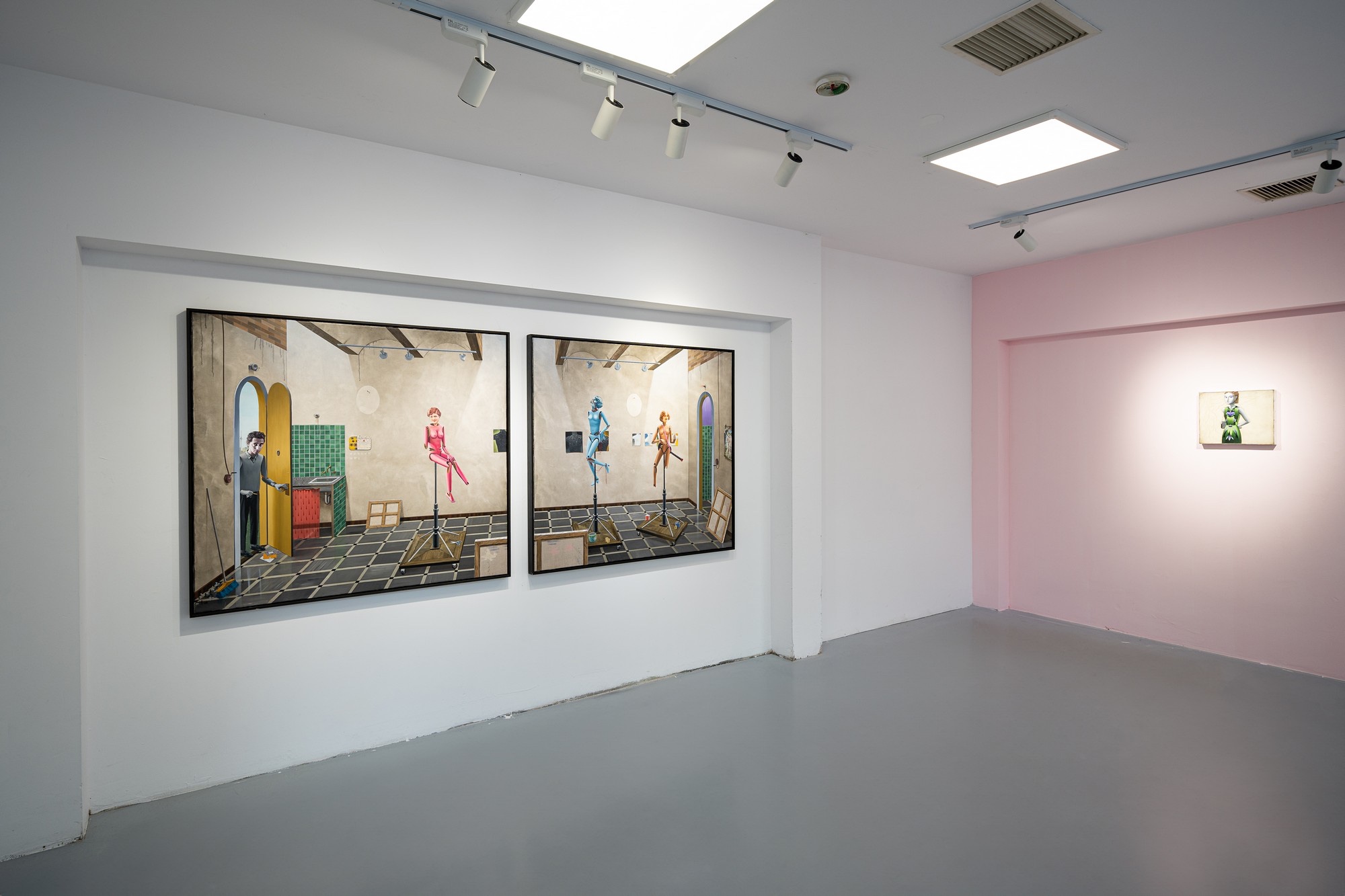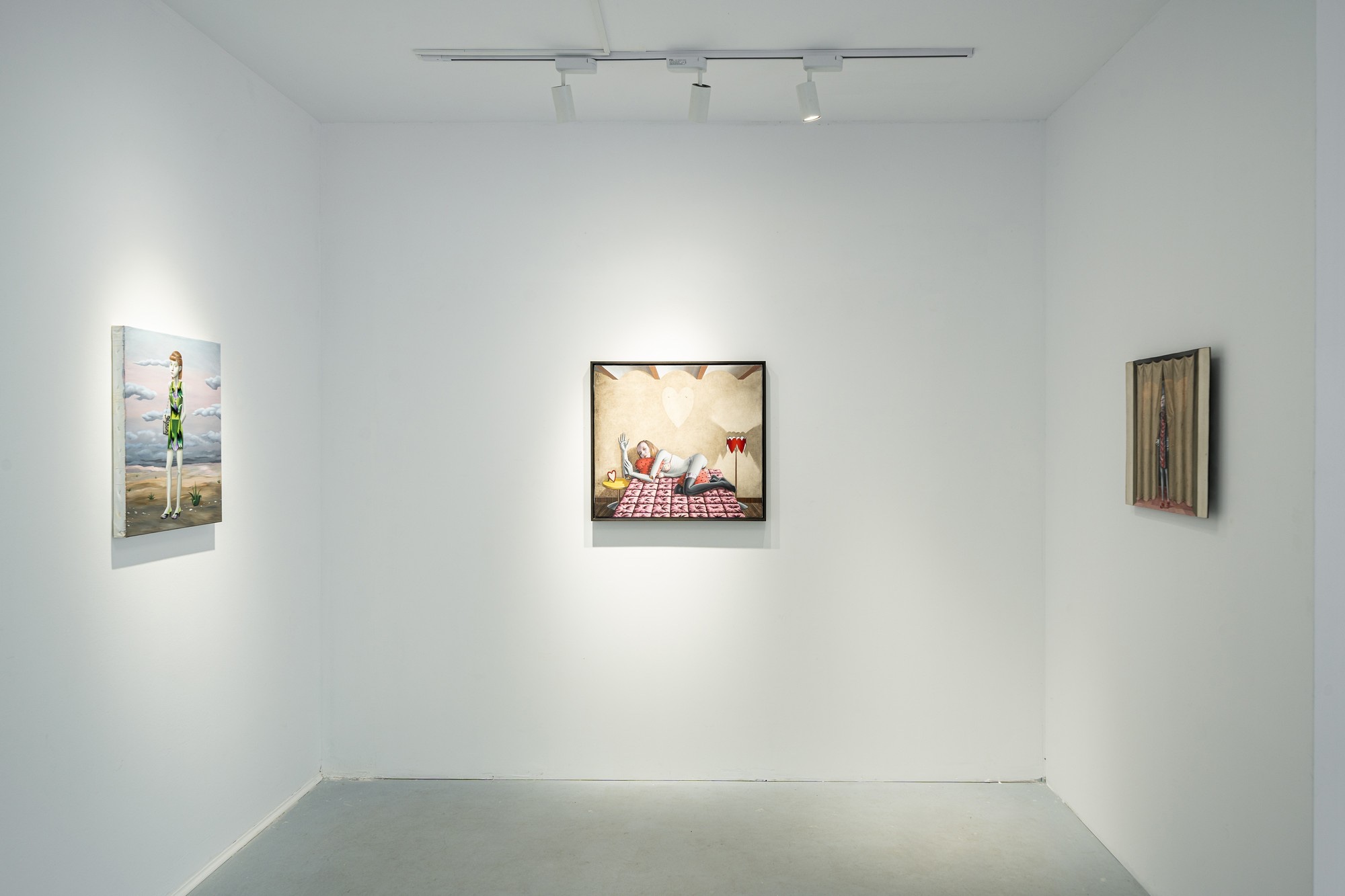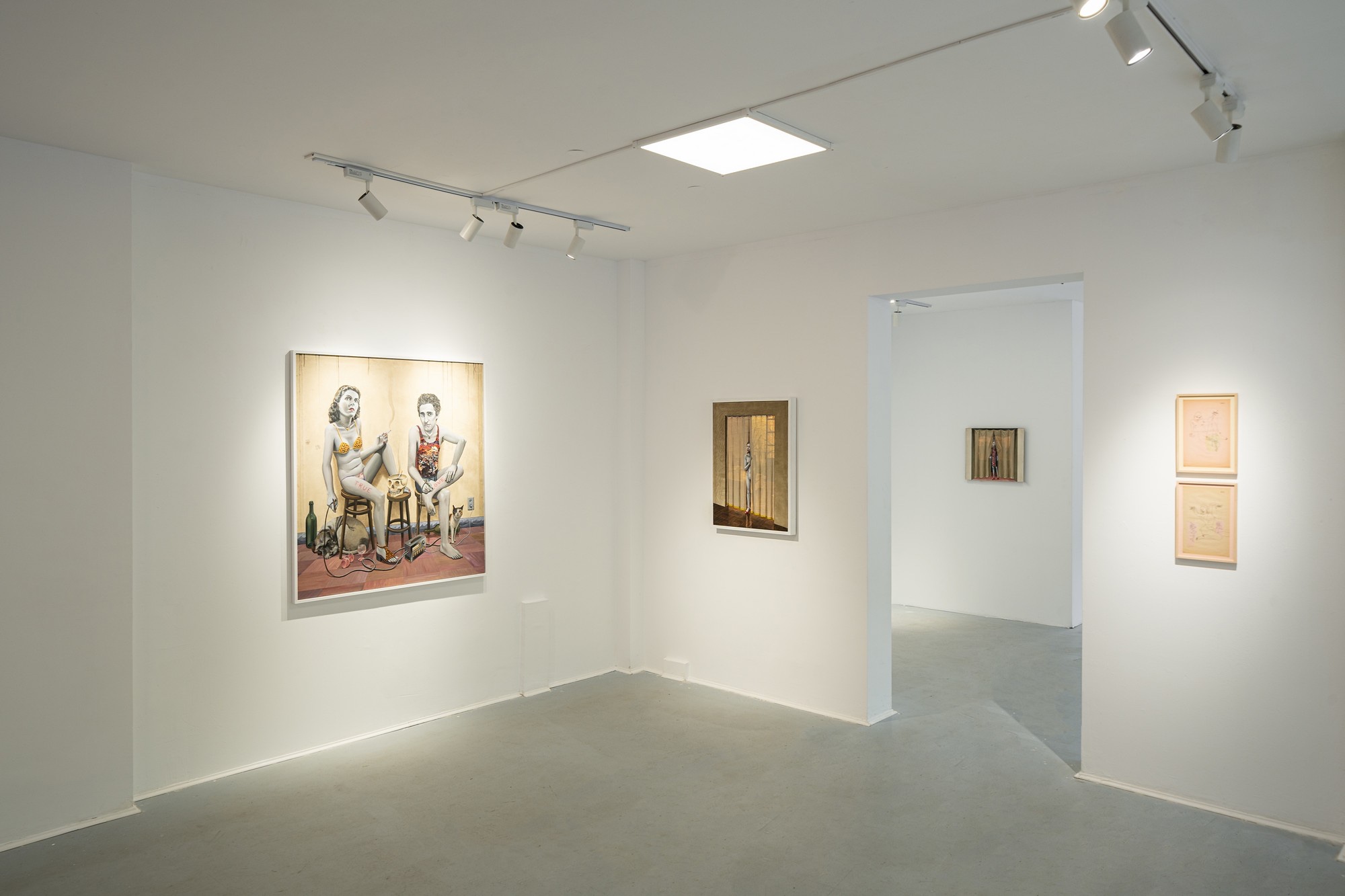Tell us about Mobius.
Established in 2015, Mobius Gallery aims to produce museum-quality exhibitions of contemporary art and foster cultural exchange between the East and West. Since then, the gallery has become one of the most consistent contemporary art spaces in Romania, with a vibrant international program showcasing works of established, mid-career, and emerging artists. Committed to promoting a more inclusive and accessible approach to contemporary art, Mobius has built a rich history of cultural programming, including educational initiatives such as free lectures for a better understanding of art, exhibition guided tours, artists' talks, and studio visits, bringing together artists, curators, and professionals from outside the art scene. To further this mission, in 2019, Mobius introduced an exclusive series of high-quality limited editions aiming to make contemporary Romanian art accessible to the community. The gallery's exhibition and educational agenda have been instrumental in bridging the gap between the art world and the wider community, providing a platform for diverse voices to be heard. Through these initiatives, Mobius has continued to affirm its dedication to creating meaningful connections between art, people, and cultures, nurturing a greater understanding of contemporary art in Romania and beyond.
What do you have upcoming?
A multidisciplinary artist, with a wide visual vocabulary, including painting, collage, drawing, video installations, and sculpture, is a meticulous explorer who delves into the intricate boundaries that define the complex interplay between the individuals and the social context in which they exist. My latest paintings drawings and objects respond to two concerns. On the one hand, there’s the need to represent the sentimental and social world around me, in an effort to somehow understand it and in this way keep it at a healthy distance; hence the irony, the humour or the magical air of these representations. On the other hand, there’s the will to desacralize the creative act as well as the artwork itself by giving them such prosaic and profane functions as thanking or begging. The inexpressive Black and White photography portraits, old and new, have been long present in my work. I think this has to do with a certain obsession with death and how it gazes at us from the bottom of other people’s eyes. By transforming and relocating these characters in new roles and sets I’d say I aspire to or somehow play with the idea of “bringing the dead back to life”. - Gino Rubert



